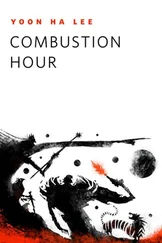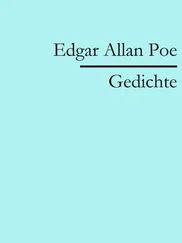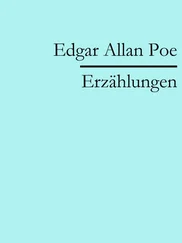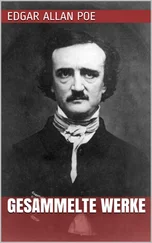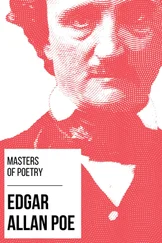Allan T. Kirkpatrick - Internal Combustion Engines
Здесь есть возможность читать онлайн «Allan T. Kirkpatrick - Internal Combustion Engines» — ознакомительный отрывок электронной книги совершенно бесплатно, а после прочтения отрывка купить полную версию. В некоторых случаях можно слушать аудио, скачать через торрент в формате fb2 и присутствует краткое содержание. Жанр: unrecognised, на английском языке. Описание произведения, (предисловие) а так же отзывы посетителей доступны на портале библиотеки ЛибКат.
- Название:Internal Combustion Engines
- Автор:
- Жанр:
- Год:неизвестен
- ISBN:нет данных
- Рейтинг книги:5 / 5. Голосов: 1
-
Избранное:Добавить в избранное
- Отзывы:
-
Ваша оценка:
Internal Combustion Engines: краткое содержание, описание и аннотация
Предлагаем к чтению аннотацию, описание, краткое содержание или предисловие (зависит от того, что написал сам автор книги «Internal Combustion Engines»). Если вы не нашли необходимую информацию о книге — напишите в комментариях, мы постараемся отыскать её.
New engine technologies and concepts Effects of engine speed on performance and emissions Fluid mechanics of intake and exhaust flow in engines Turbocharger and supercharger performance analysis Chemical kinetic modeling, reaction mechanisms, and emissions Advanced combustion processes including low temperature combustion Piston, ring and journal bearing friction analysis The
expands on the combined analytical and numerical approaches used successfully in previous editions. Students and engineers are provided with several new tools for applying the fundamental principles of thermodynamics, fluid mechanics, and heat transfer to internal combustion engines.
Each chapter includes MATLAB programs and examples showing how to perform detailed engineering computations. The chapters also have an increased number of homework problems with which the reader can gauge their progress and retention. All the software is ‘open source’ so that readers can see in detail how computational analysis and the design of engines is performed. A companion website is also provided, offering access to the MATLAB computer programs.

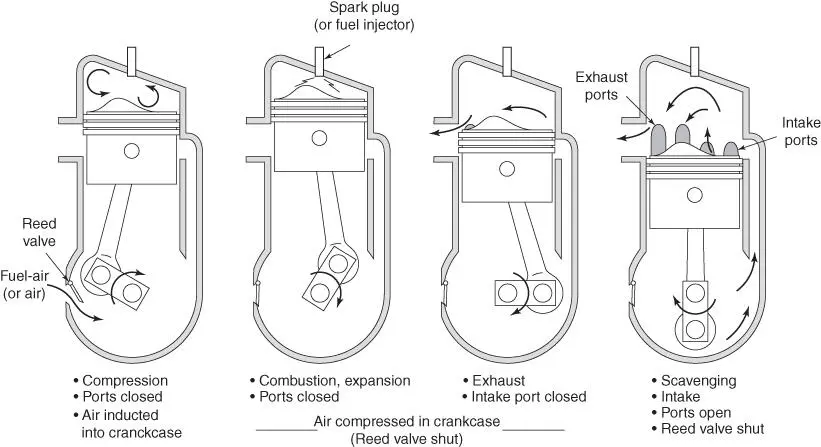
 , connecting rod length
, connecting rod length  , crank radius
, crank radius  , stroke
, stroke  , clearance height
, clearance height  , and crank angle
, and crank angle  . The stroke
. The stroke  is twice the crankshaft radius
is twice the crankshaft radius  .
. (tdc) of an engine refers to the crankshaft at a position
(tdc) of an engine refers to the crankshaft at a position  = 0
= 0  . The cylinder volume at this position is minimum and is called the clearance volume,
. The cylinder volume at this position is minimum and is called the clearance volume,  . The term
. The term  (bdc) refers to the crankshaft at a position
(bdc) refers to the crankshaft at a position  = 180
= 180  . The cylinder volume at bottom dead center is the maximum volume
. The cylinder volume at bottom dead center is the maximum volume  .
.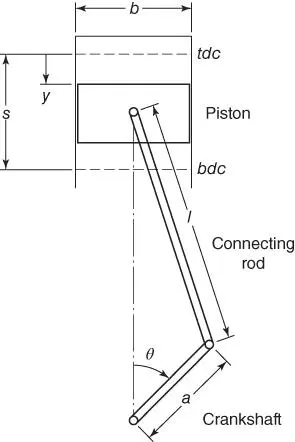
 is defined as the ratio of the maximum to minimum volume.
is defined as the ratio of the maximum to minimum volume.
 is the difference between the maximum and minimum volume; for a single cylinder,
is the difference between the maximum and minimum volume; for a single cylinder,
 ,
,  ,
,  , and
, and  are
are